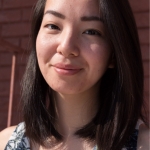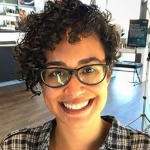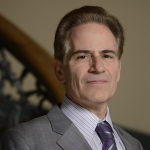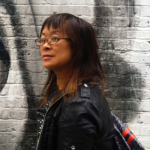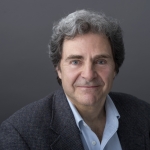
Ms. Kate O. McClanahan
Breaking Down the South Dakota v. Wayfair Decision and Its Impact on the Arts and Small Business
Posted by Sep 17, 2018

Ms. Kate O. McClanahan
On June 21, 2018, the U.S. Supreme Court issued its opinion in the case South Dakota v. Wayfair. In essence, the Court ruled that state and local governments can require retailers with no physical presence in the state to collect sales tax on those sales. The Court ruled that the standard for determining the constitutionality of a state tax law is whether the tax applies to an activity that has “substantial nexus” with the taxing state; i.e., the Court threw out a previous requirement for “physical presence.” Previously, if the vendor didn’t have physical presence in the state where the buyer was, there was no requirement on the business to collect the tax.. Now, practically, how does a seller know in which state to collect tax? Is it where the seller is shipping it? Is it the billing address? And what does this mean for artists and art sellers?
Read More


